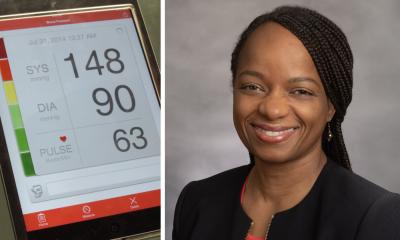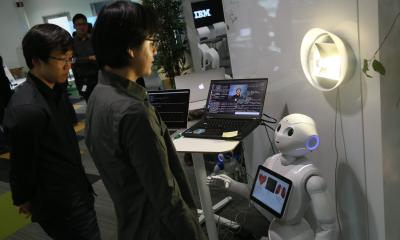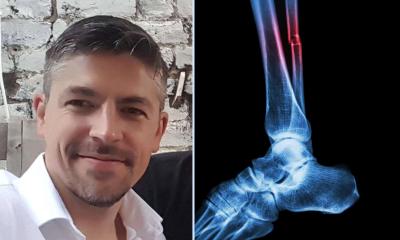
Photo: Rien Boonstoppel/TU/e
News • Panic prevention
Drone helps elderly escape from burning nursing homes
A student team at Eindhoven University of Technology (TU/e) has introduced an interactive drone that guides elderly people to the exit during a fire in a nursing home, even before the fire brigade arrives.
The Blue Jay Aeden is said to be the first interactive drone in the world that can transmit emotions and can fulfil an important function in saving people's lives.
On average, 600 times a year a nursing home has to be evacuated because of a fire risk. "During an evacuation, elderly people often do not know what to do, which makes them anxious and can sometimes cause them to panic. Because they panic, they often cannot find their own way out, which can lead to dangerous situations and even death," explains Paul van Kuppevelt, team manager of Blue Jay. In 2020 alone, 25 people died as a result of these situations. To prevent this, Blue Jay has developed the first drone that can reassure the elderly and help them find the right route.
Read emotions, show emotions
The drone contains a small camera that is programmed to see and understand the emotions of the elderly. If a resident looks happy or surprised, the drone will register this emotion as such. This is done by means of a pair of eyes on the front. A Convolutional Neural Network (CNN) is used for this, a form of deep learning that enables the drone to recognise emotions by analysing a large amount of visual images. The drone can recognise five different emotions (angry, happy, sad, neutral, surprised) with an accuracy of 94%. After an emotion is detected, Blue Jay's invention will react by showing an emotion itself. This makes the drone appear human, so that the resident feels more at ease and is more likely to trust and follow the drone. According to Van Kuppevelt, this works best if there is a natural response to the resident's emotion: "For example, if a resident looks happy, it is obviously important that the drone looks happy in return, and not angry or sad."
In order to make the drone show the right emotions, the Blue Jay team worked together with a group of elderly people from the Joris Zorg nursing home in Oirschot. Via several tests in the nursing home, it was possible to find out how the elderly and the staff react to the presence and the emotions shown by the drone. Manon Schreurs, ARBO Advisor at Joris Zorg: "We are proud that we can make a contribution by investigating the human aspect together with our residents."
The interactive part of this drone ensures that it can provide added value to the existing resources
Paul van Dooren
The fire brigade can also use a live stream. Through this stream, firefighters on their way to the location can watch via an app on their phones what the drone sees at that moment. Van Kuppevelt: "This way, firefighters know exactly what is happening in the nursing home, so they can be better prepared. This saves precious minutes, which means more lives can be saved." The fire brigade is delighted and is looking forward to the moment that they can actually use the drone. When that will be depends on a number of factors. Laws and regulations play a role. For example, it is not yet permitted to fly in public areas. The drone is also undergoing further development; the team is currently working on technological solutions that will ultimately allow the drone to fly completely autonomously. The team is also looking at possibilities to ensure that the drone is not obstructed by closed or locked doors.
Paul van Dooren, Innovation Advisor at Safety Region Brabant Zuidoost: "The interactive part of this drone ensures that it can provide added value to the existing resources. Resources such as fire alarms do give a signal, but cannot offer specific help to every person in need. The fact that the drone can now recognise emotions is a good step towards making this possible. Hopefully in the future we can develop this into a full analysis of the situation, for example through speech or object detection."
Source: Eindhoven University of Technology
12.07.2021










